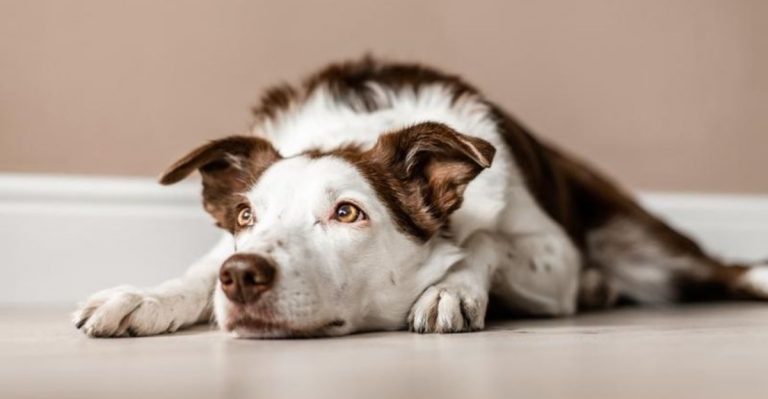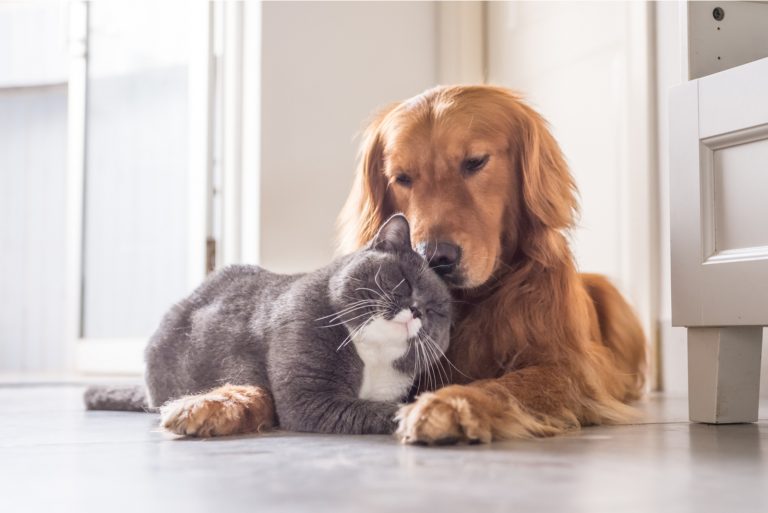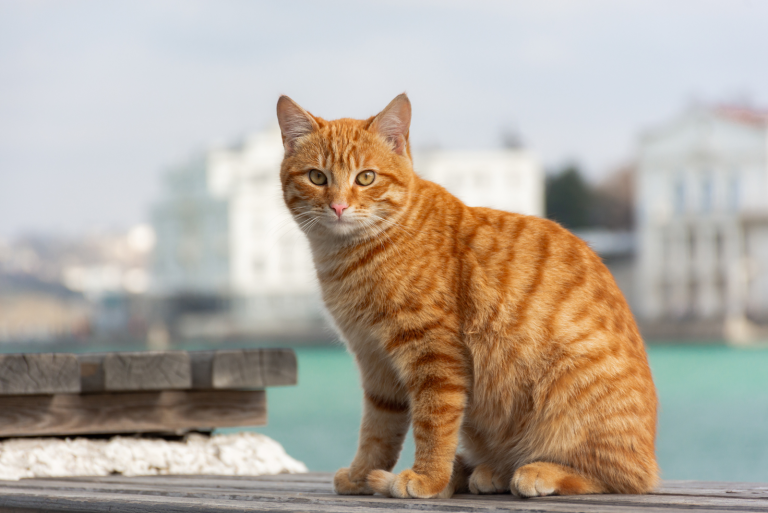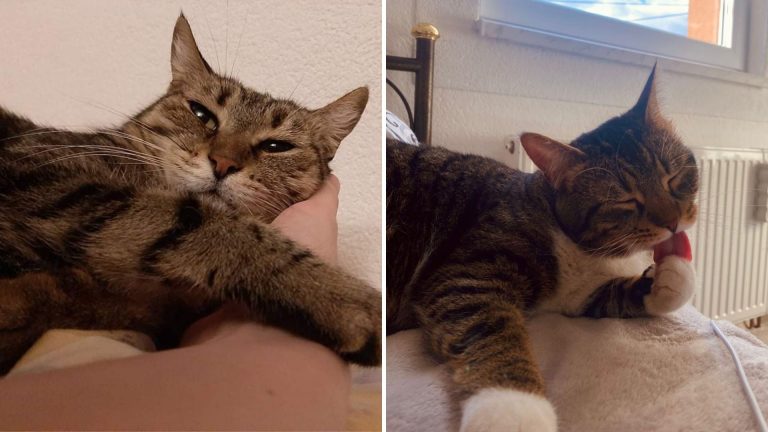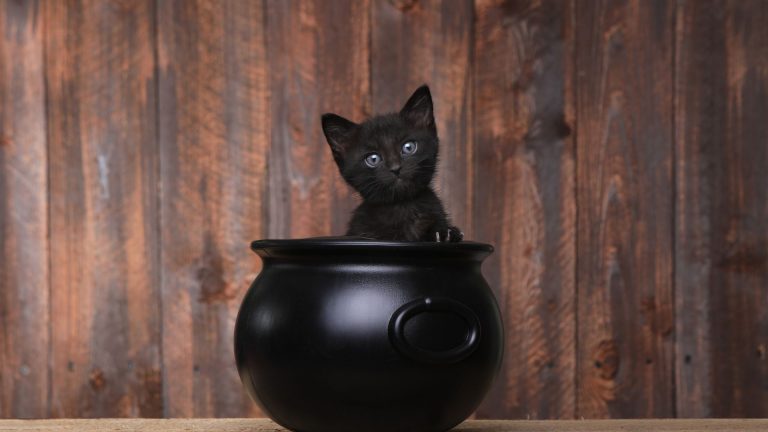How Hot Is Too Hot For Cats? Keeping Our Felines Safe
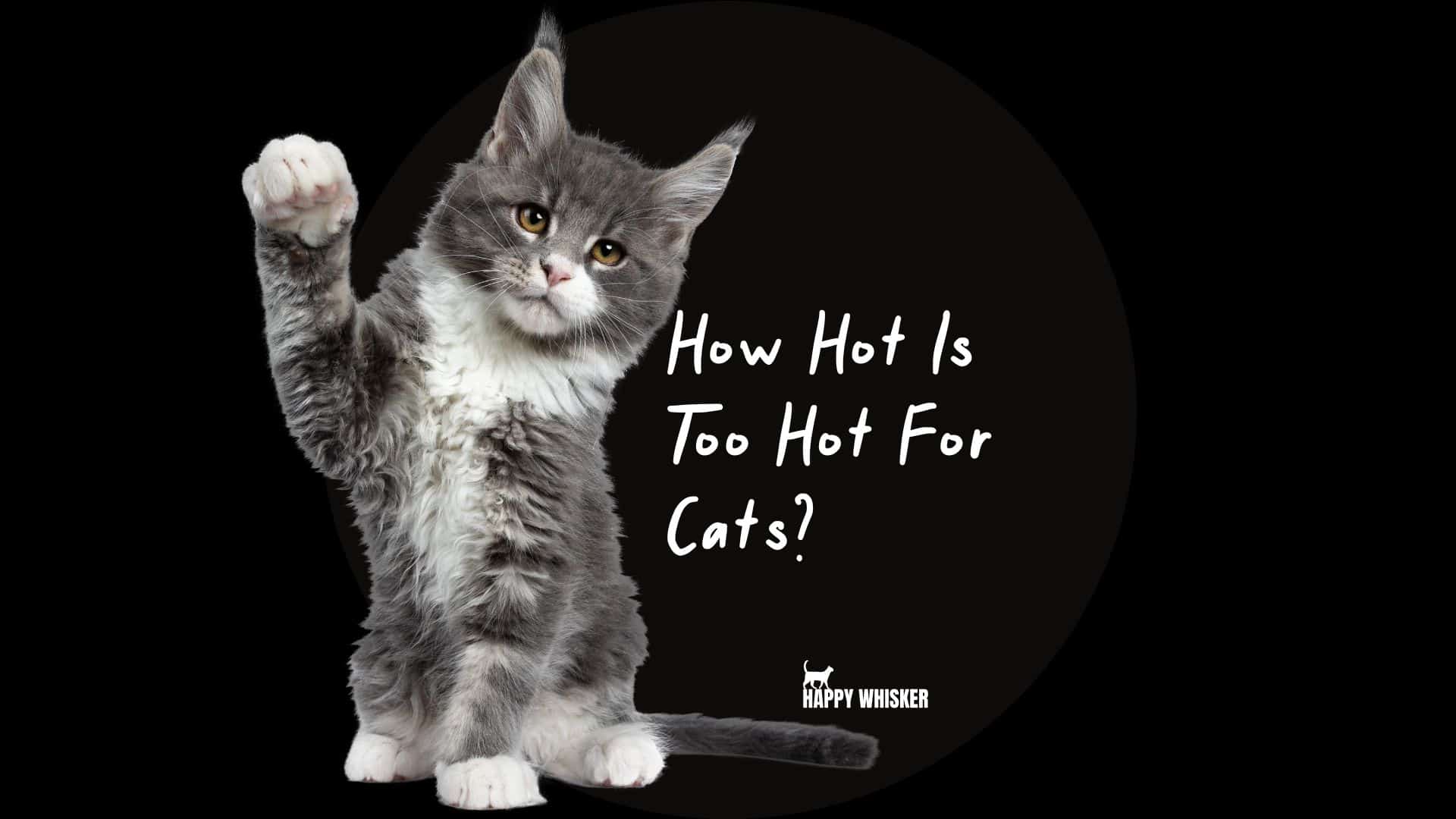
Cats are known for their love of lounging in warm, sunny spots. I know my cats certainly do; I cannot get them off the window sill when the weather is nice and sunny!
However, even though felines love the sun and warm temperatures – there is a difference between warm and too-hot temperatures.
In this article, we’ll talk about how hot is too hot for cats, the signs of overheating in cats, how to prevent a cat from becoming overheated, and what to do if your cat gets overheated, so make sure to read on!
How Hot Is Too Hot For Cats?
If summers get extremely hot where you live, you might wonder: what temperature is too hot for my cat? After all, I’m sure you want to keep your cat safe and healthy!
Well, the optimal environmental temperature for cats is typically between 68-78°F (20-26°C).
Therefore, it’s safe to say the temperature I would say is too hot for cats is anything above 80°F (27 °C).
A cat will be fine staying for a brief period at temperatures higher than 68-78°F (20-26°C), but at longer exposures, the cat is at risk of developing hyperthermia.
Hyperthermia, as you probably already know, is body temperature elevated above the normal range.
The typical body temperature of a cat is between 100.5 and 102.5 degrees Fahrenheit (38 to 39 degrees Celsius), but exposure to higher temperatures for a prolonged period leads to increased body temperature, which can be dangerous for the cat.
How Does Hot Weather Affect Cats?
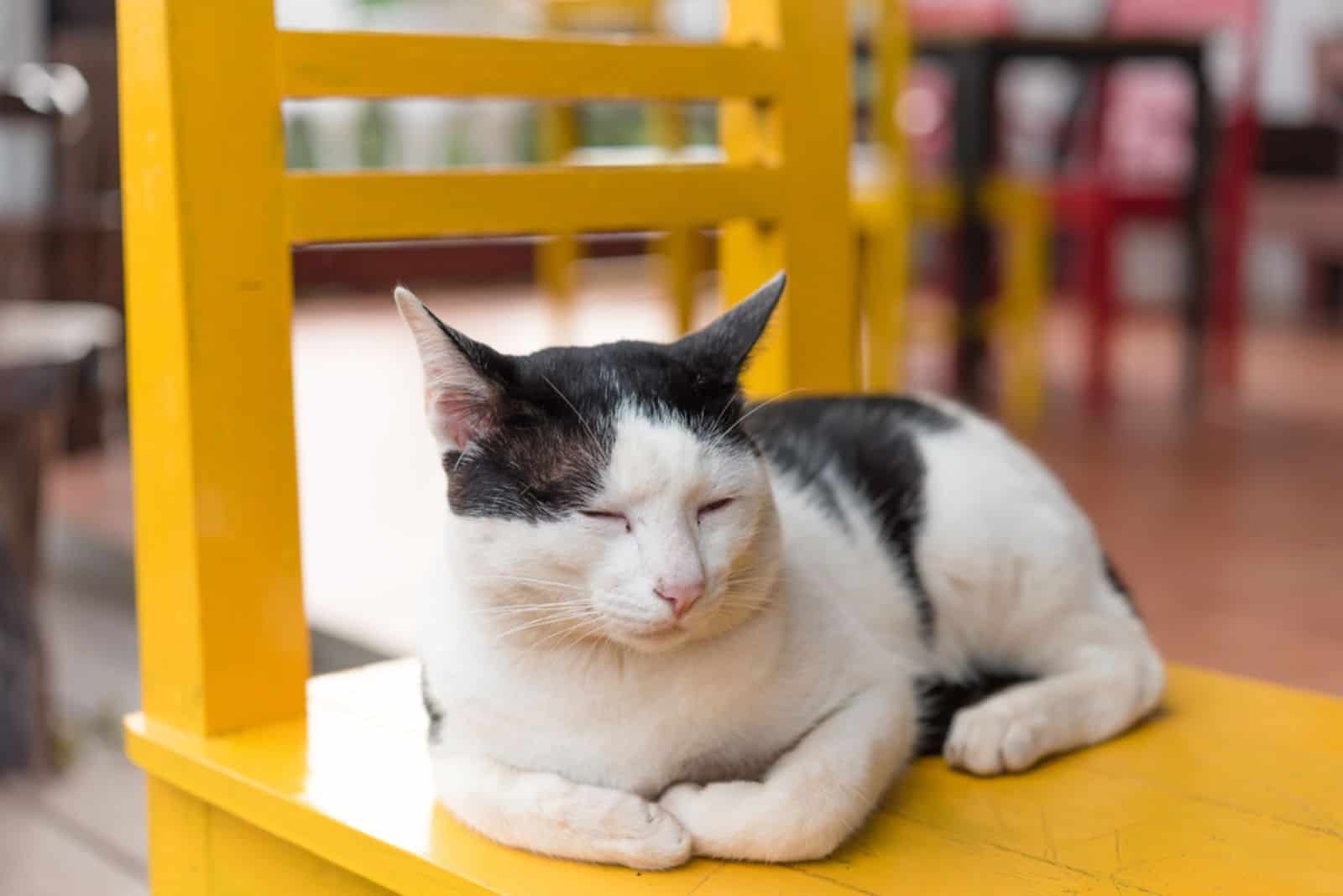
Cats can be impacted by hot weather (and high humidity) in many ways, from appetite changes to an elevated risk of heat exhaustion, so let’s dive deeper into this topic.
Hot weather affects cats by changing their behavior, but can also pose a threat to their health since the cat can develop serious health issues due to high-temperature exposure.
1. It Changes Their Behavior
An interesting study about the impact of weather events on the behavior of dogs and cats in Italy was published in 2022.
The study used questionnaires to gather information from the owners of 392 dogs and 426 cats about their perceptions of the impact of weather events on their pets’ behavior.
The most important findings are the following:
• Extreme heat led to a decrease in the activity level of both dogs and animals, while this behavior tends to increase with cold temperatures.
• Pets tend to eat less during hotter temperatures, and their appetite increases with cold weather.
• Amount of time spent sleeping increased with hot weather.
2. It Can Lead To Serious Health Issues
Prolonged exposure to hot weather can lead to serious health issues in cats, such as:
• Heat Exhaustion
Heat exhaustion sets in when a cat’s body cannot cool down adequately.
Panting, agitation, elevated heart rate and blood pressure, and decreased appetite are all signs of heat exhaustion. Drooling, cramped muscles, weakness, disorientation, and fainting are further signs of heat exhaustion in cats.
Heat exhaustion can develop into heat stroke if it is not managed properly and on time.
• Heat Stroke
Heat stroke occurs when a cat’s body temperature reaches 104 °F (40 °C) or higher.
High heat and a lack of cold water or shade can also contribute to this.
High body temperature, fast breathing and heartbeat, dry mouth, a dark red or purple tongue, dehydration, dizziness, convulsions, unconsciousness, and even coma are all signs of heat stroke.
• Sunburn (If Directly Exposed To The Sun)
Cats rarely become sunburned because of their naturally thick coats, which shield them from the sun.
However, certain cats, such as those with light-colored fur, those with no fur (hairless cat breeds), or those with their fur clipped or shaved, may be more prone to sunburn.
Pain, swelling, and redness of the burned skin are some physical symptoms of sunburn.
Cats with sunburns may appear in pain, and the afflicted regions may be swollen, hot to the touch, and even blistered.
Signs Of Heat Exhaustion In Cats
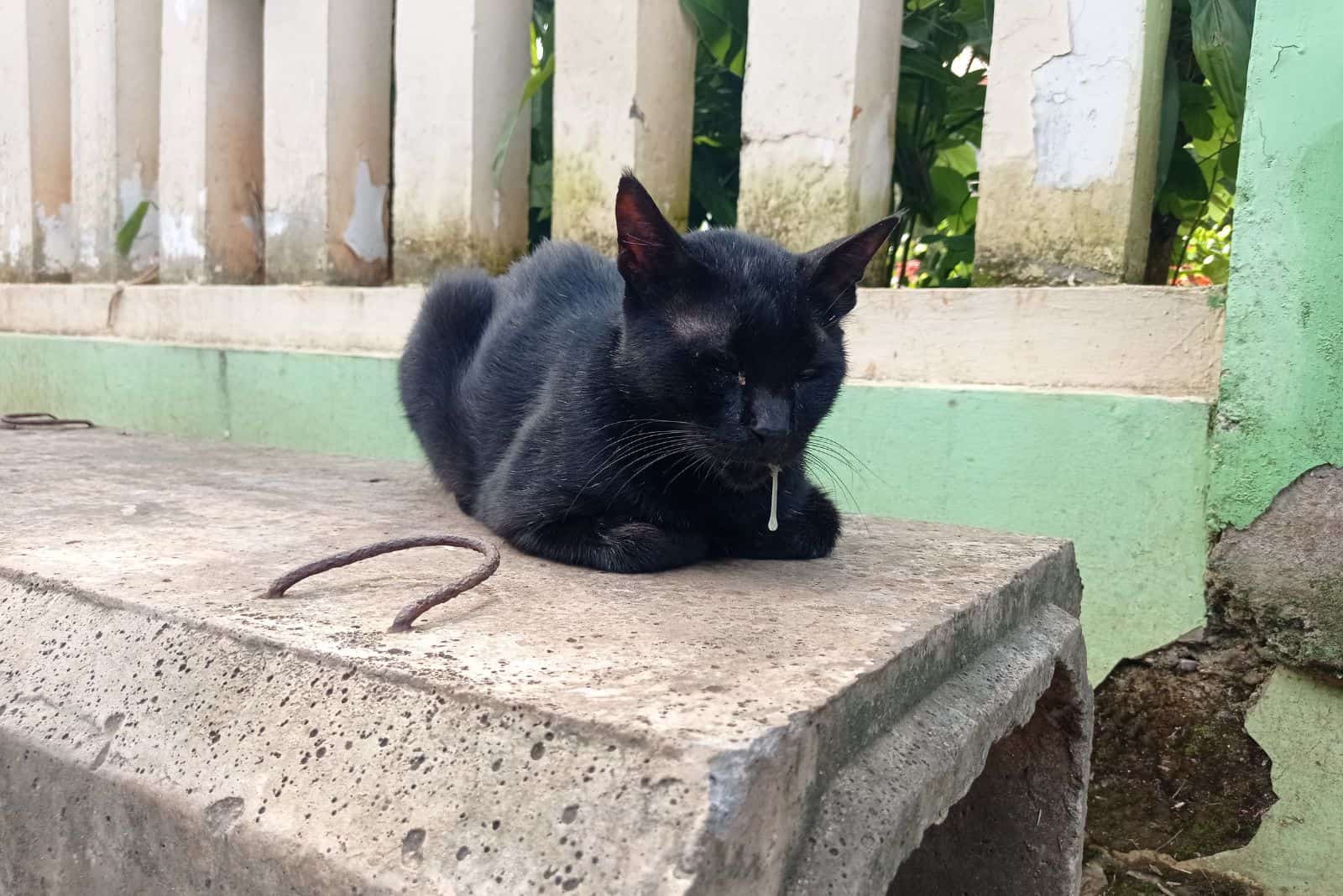
If you know your cat has been exposed to high temperatures for some time, you may notice the following signs of heat exhaustion:
• Excessive panting
• Drooling
• Pacing
• Sweating from paw pads
Signs Of Heat Stroke In Cats
If heat exhaustion is not treated properly and on time, it can develop into heat stroke, a far more serious health concern.
Symptoms that indicate a cat might be suffering from heat stroke include:
• Vomiting
• Diarrhea
• Weakness and lethargy
• Refusing to move
• Very red gums
• Increased heart rate
• Breathing distress
• Muscle tremors
• Seizures
• Collapsing
• Coma
Of course, the severity of symptoms differs depending on how much the cat is exposed to hot temperatures. Usually, cats who have spent a lot of time in hot weather will have more severe symptoms, as you would expect.
Cat owners, note that these symptoms should not be taken lightly. They can be life-threatening for the cat!
Can A Cat Die From Overheating Or Suffering Heat Stroke?
If the cat’s body cannot adequately cool itself and its internal temperature increases to hazardous levels, a cat can die from heat stroke.
Although a cat dying from overheating is not very common, it can happen, so make sure your cat does not develop heat stroke.
Are Higher Temperatures More Risky For Certain Cats?
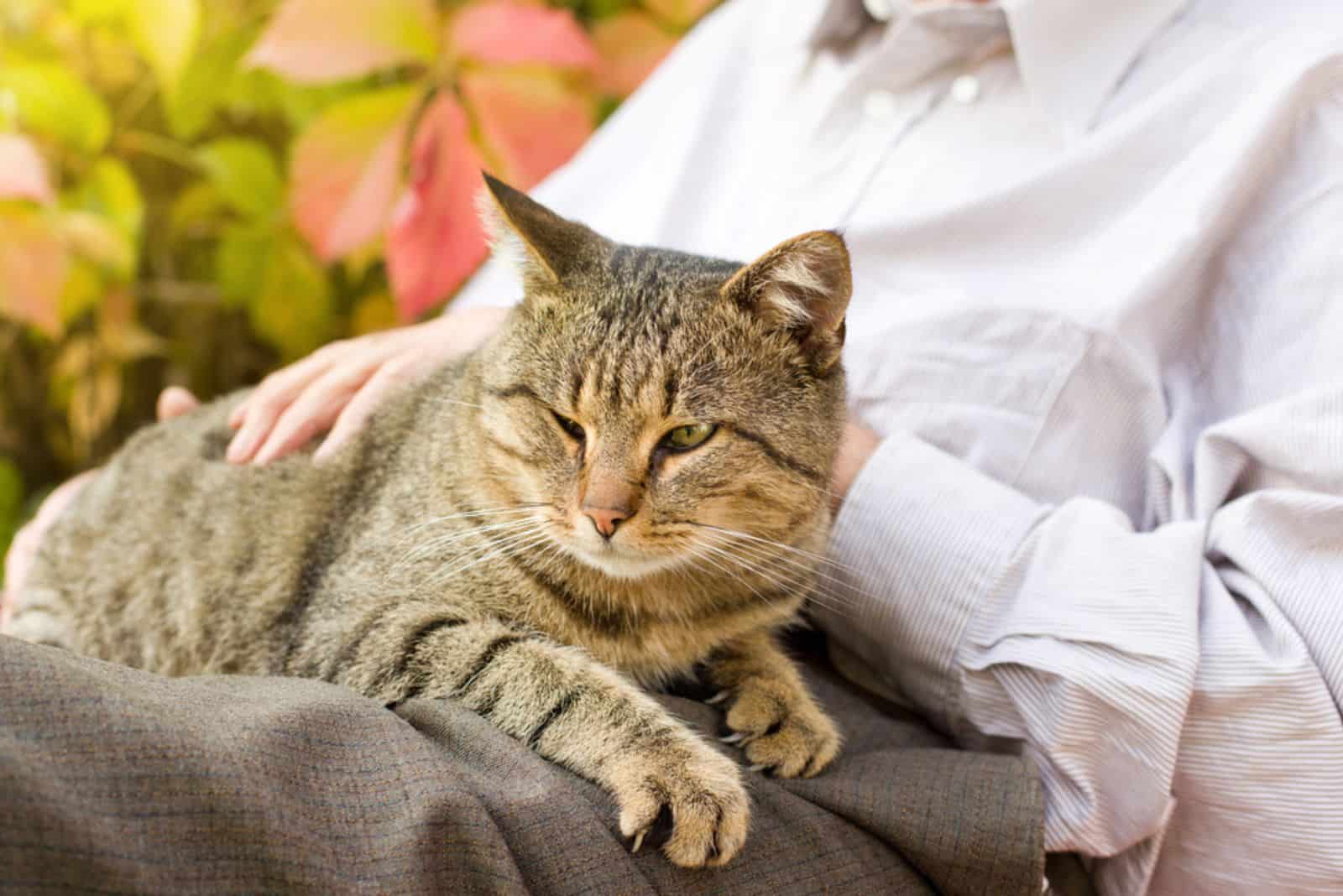
Yes! Some cats are more prone to heat exhaustion and heat stroke.
Those cats would be:
1. Kittens And Older Cats
Very young and senior cats are more prone to heat-related health issues as their body regulation system is less capable of maintaining proper body temperature compared to adult cats.
2. Overweight Cats
Overweight cats are said to be more prone to heat exhaustion and heat stroke as well.
3. Long-Haired Cats
Due to the thickness and length of their fur, long-haired cat breeds like the Persian cat, Maine Coon, Ragdoll, and Himalayan are more susceptible to overheating, so owners of long-haired cats – be alert during high temperatures!
4. Brachycephalic Cats
Brachycephalic cats have short, flat faces and short muzzles, which can make it more difficult for them to breathe, especially in hot weather. They may also have a harder time panting (to dissipate heat) for the same reason.
Brachycephalic cat breeds are:
• Persian
• Himalayan
• British Shorthair
• Exotic Shorthair
• Burmese
If you’re an owner of a flat-faced cat, please take extra care of your pet during high temperatures.
5. Cats With Underlying Medical Conditions
Cats suffering from diabetes or heart disease may find it more difficult to control their body temperature, as well as cats with breathing issues.
These cats might need to be kept in a cooler setting since they can be more prone to heat exhaustion or heat stroke.
How Do Cats Regulate Their Body Temperature?
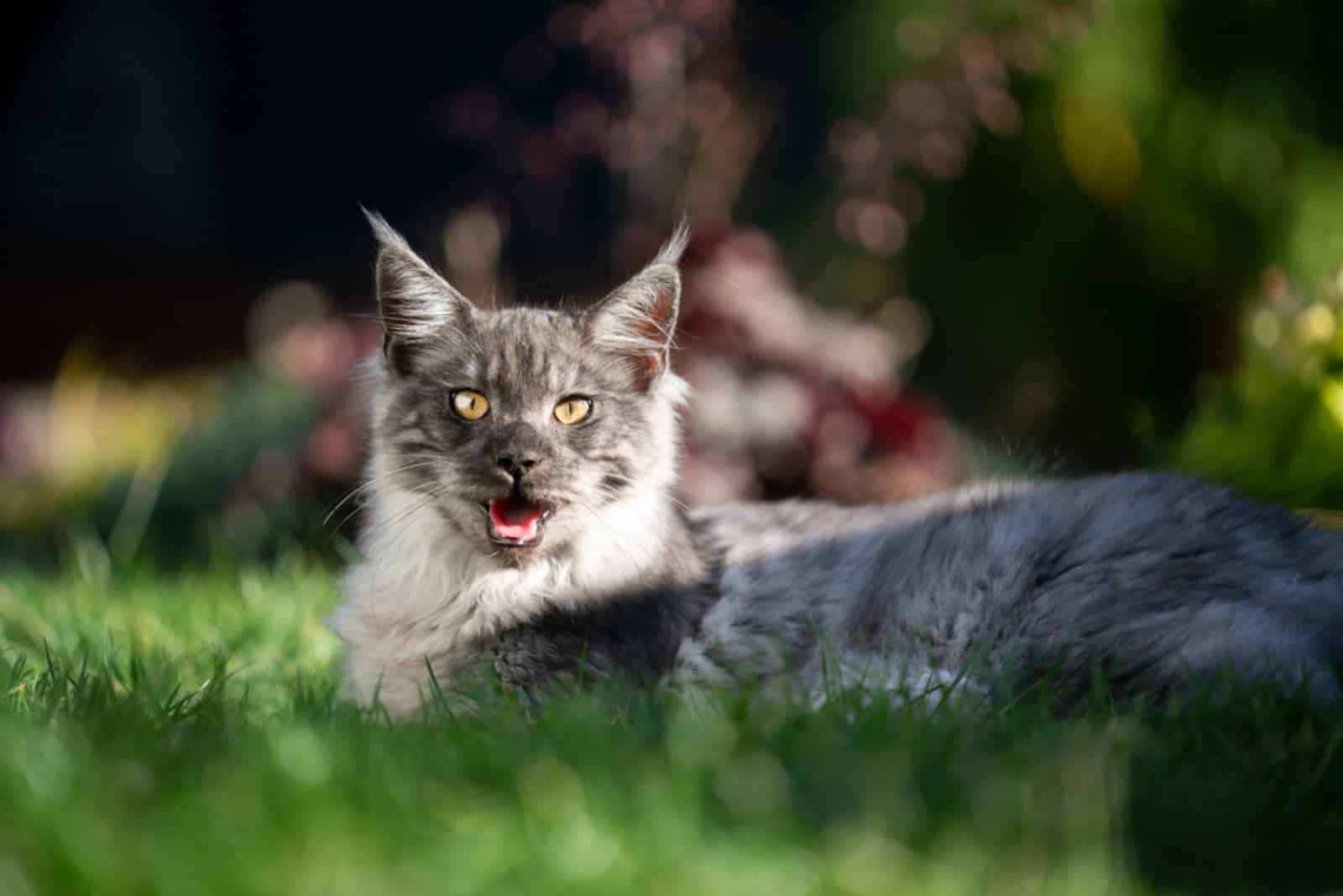
For humans, the primary way to regulate body temperature is through sweating. However, cats do not sweat the same way humans do; they have other mechanisms of cooling down.
Panting is one of the primary ways cats control their body temperature.
When a cat pants, it breathes quickly and shallowly, which enables it to exchange the heated air in its lungs for the colder air in its surroundings.
Cats also have a specialized system of blood vessels in their paws, which help them dissipate heat.
A 2006 article Heatstroke in small animal medicine: a clinical practice review, published in the Journal of Veterinary Emergency and Critical Care, states:
“Although perspiration occurs in dogs and cats via the footpads, it is an ineffective method of heat dissipation in these animals. Dogs and cats dissipate heat through evaporation by panting, which brings large quantities of air in contact with the mucosal surfaces of the nose and mouth.”
It makes sense now that panting is the main sign that your cat is too hot, is getting overheated, or has even developed heat stroke.
An Interesting Study About The Effects of High-Temperature Exposure On Cats (And Other Animals)
A 2022 study published in the Open Veterinary Journal looked at heat-related illness (HRI) in small companion animals, including dogs, cats, guinea pigs, rabbits, and a ferret.
The most common symptoms in all animals were abnormal breathing, lethargy, and collapse.
The study notes, “The primary trigger for HRI in dogs was exercise, while HRI in cats and small companion animals was caused by environmental factors such as a hot ambient temperature.”
This makes sense, considering cats are not the biggest fans of running around in the field for a long time, right?
Writers also add that heat-related illness occurred more frequently in the warmer summer months of June to August, which is also to be expected. Therefore, pet owners should take extra care of their pets’ well-being during these months.
Another interesting observation in this article was that pet owners in even mild-climate areas should take extra care of their pets, due to increasingly frequent heat waves, even in climates not accustomed to it.
This is most likely due to global warming, but pet owners should be on alert on every hot day, whether it’s the beginning of May or the middle of June!
Ways To Ensure Your Cat Does Not Develop Heat-Related Issues
If you’re concerned about your cat becoming overheated, you’re probably thinking about ways to keep your cat cool.
Of course, it’s always best to err on the side of caution and follow these tips before your cat becomes affected by the higher temperatures!
Here are six practical tips to help a cat cool down during those extra-warm days:
• If you have an outdoor cat, or your house cat likes to spend time in the backyard, make sure it has a cool, shaded area to rest in during those hot days.
• If you have an outdoor cat, let it inside the house during extremely hot temperatures; on the other hand, ensure your indoor cat does not leave the house.
• Although your cat should have access to drinking water at all times, you must pay special attention to your cat’s water bowl being full during high temperatures.
• You can even put a few ice cubes in your cat’s water bowl, as this will keep the water cooler for longer.
• If your cat is a house cat, try using a fan or air conditioning (if you have it) to help keep the air circulating and the temperature comfortable.
• Invest in a cooling mat (they provide a cool surface for cats to lay on), as they can be a great way to help a cat cool down when the temperature rises.
Of course, keep an eye out for signs of overheating and heat stroke symptoms!
What’s The Optimal Temperature For Cats?

For cats, the ideal temperature is from 68 to 78 °F (20 to 25 °C).
However, cats can endure outdoor temperatures that are a little higher or lower than this range since they can adjust to a broad range of temperatures. Just think of stray cats that don’t have the luxury of having a stable temperature throughout the day.
That is not to say that cats can survive in all temperatures. Regarding colder temperatures, 50 °F (or around 10°C) is considered too cold for most indoor cats.
When it comes to higher temperatures, cats that spend prolonged periods at temperatures higher than 80°F (or 27 °C) are at risk of becoming overheated or even developing heat stroke.
Be Cautious: Don’t Leave Your Cat In The Car On A Hot Day
Leaving your feline friend in a hot car is not a smart idea. Due to their sensitivity to high temperatures, cats left in a hot car for an extended period might develop heat stroke.
Unfortunately, I’m sure you’ve heard of cats or dogs dying from heat stroke because they’ve been left unattended in a car on a hot day.
There was an instance of a cat dying in Abu Dhabi due to heat stroke. The owner left the cat in a parked car with a water bowl and a window slightly open, but sadly, the cat died.
Luckily, these types of unfortunate events can be avoided!
If you must drive your cat somewhere, try to do it when the weather is cooler, and ensure the car is well ventilated!
Be Cautious: Check Your Clothes Dryer Before You Turn It On
The high temperature inside a clothes dryer can be fatal for a cat.
I know it’s rare and uncommon for an owner to accidentally turn on the dryer with the cat still inside, but it can happen.
A 2021 case report of a clothes dryer–induced heat stroke in three cats showcased the importance of checking your clothes dryer before you turn it on!
The article, published in the Journal of Veterinary Emergency and Critical Care, describes three cases of heat stroke in cats due to clothes dryers.
• One cat spent 20 minutes in the clothes dryer while it was operating
• The second cat was in the clothes dryer for 10 to 15 minutes
• The third cat was in the clothes dryer for a full 45-minute cycle
In all three cases, the cats had a high rectal temperature, central nervous system dysfunction, and a range of other symptoms.
I’m mentioning this article simply to show you that it’s possible for someone to accidentally turn the clothing dryer on before checking if it’s “cat-free.”
Some cats might prefer the warm temperature of the inside of the clothes dryer and decide to have a nap there. If the dryer is turned on, the high temperatures will cause adverse effects for the unfortunate cats.
I Think My Cat Is Overheated, What Should I Do?
If you notice your cat is overheated, please, try to cool your cat down. You can do so by following these tips:
• Immediately move your cat to a cooler room/ take them inside the house if they’ve been outside
• Spray some cool water on their fur and skin
• Put on a fan or an air conditioner if you have access to them
• Offer plenty of fresh water; remember – hydration is extremely important, but avoid using ice or extremely cold water
• If you notice your cat is not getting better, please go to a vet or an animal hospital as soon as possible
Although rare, a cat can die from a heat stroke, so act quickly.
Pet MD emphasizes: “If the body temperature is not brought down quickly, serious organ damage or death could result. “
FAQ
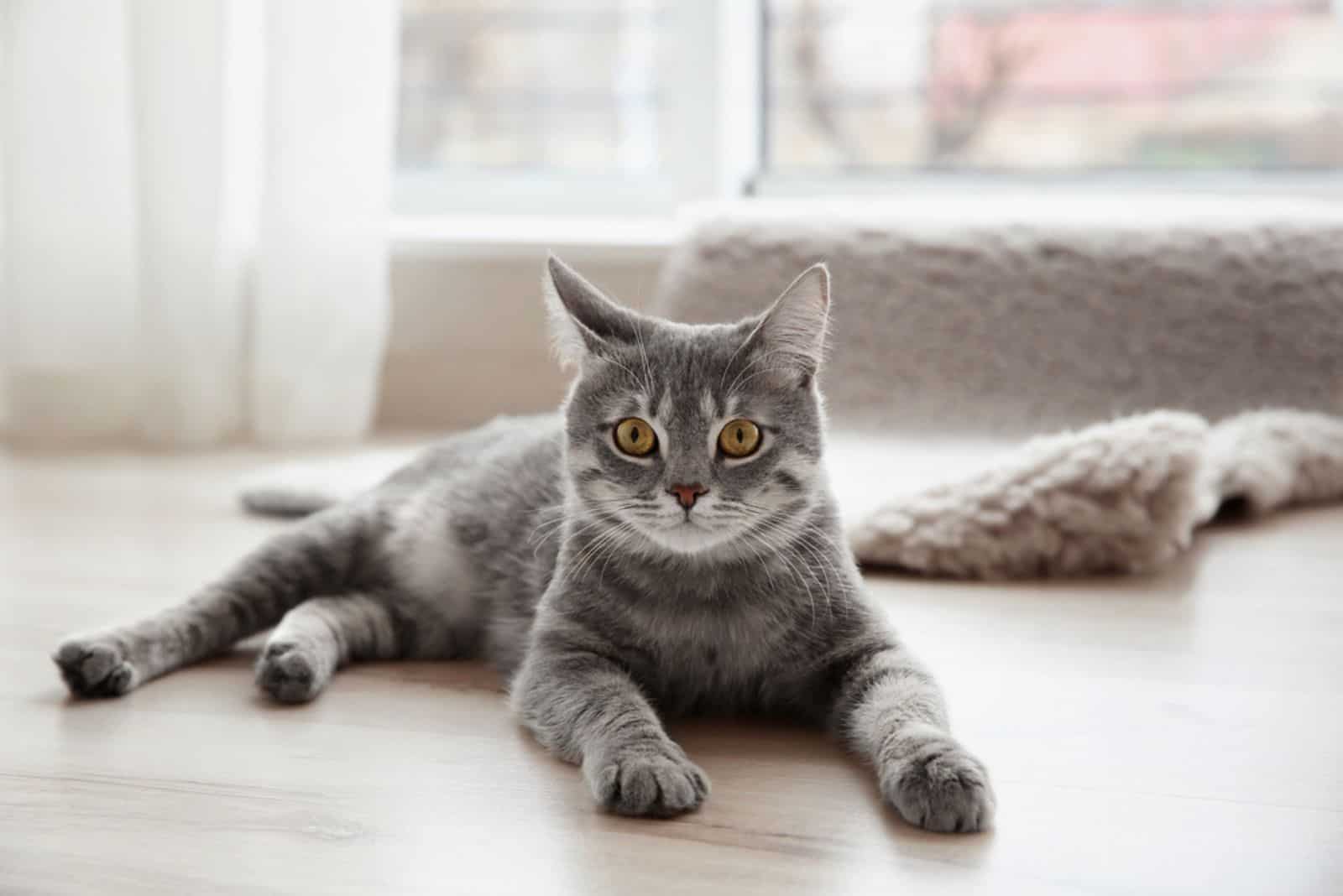
What House Temperature Is Too Hot For Cats?
The ideal temperature for a cat is between 68 and 78 degrees Fahrenheit. Cats will likely find it too hot if the temperature exceeds 78 degrees.
It’s crucial to maintain a reasonable indoor temperature for your cats since excessive heat might result in heat-related illness in your cat.
Is 90 Degrees Too Hot For Cats?
Cats can withstand higher temperatures, but 90 degrees Fahrenheit (32 degrees Celsius) is too warm.
If cats are exposed to high temperatures for an extended period, they may get dehydrated, overheated, and have heat stroke. Keep your home’s temperature below 80 degrees Fahrenheit to ensure your cat’s comfort and safety (27 degrees Celsius
Can Cats Overheat In A Hot Room?
Absolutely!
Cats are sensitive to high temperatures and can suffer heat stroke if they are exposed to high temperatures for too long.
Although temperatures in different hot rooms vary, they are, nevertheless, higher than the cat’s optimal environmental temperature.
What Does It Mean When A Cat Is Panting?
In hot weather, a cat’s panting may indicate that the cat is attempting to cool off.
Cats who pant evaporate more water from their lips and lungs and this helps to control their body temperature.
Cats commonly pant to try to remain cool, but if your cat is panting a lot, it might indicate a medical problem, in which case you should take them to the veterinarian
Wrapping Up
How hot is too hot for cats? Let’s go over the most important information once more.
Cat owners, it’s important to be mindful of the temperature when it comes to keeping your cat safe and comfortable.
Cats are at risk for heatstroke when temperatures rise, so make sure to provide your cat with plenty of water and a cool, shaded spot to rest!
During heat waves, monitor your cat for signs of overheating. If you suspect your cat may be suffering from heatstroke, it’s essential to act quickly and seek veterinary care as soon as possible.
I’m confident you’ll have no issues keeping your kitty safe during hot temperatures!If you’ve enjoyed reading this article, I’m sure you’ll be interested in knowing What Temp Is Too Cold For Cats? Find Out Now!

